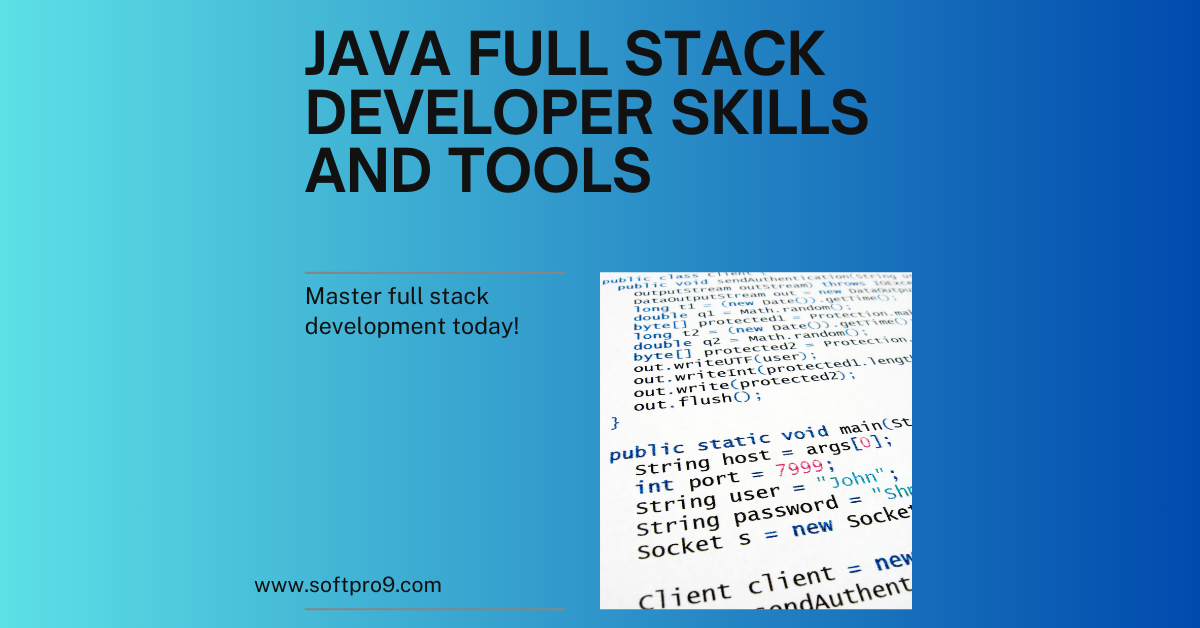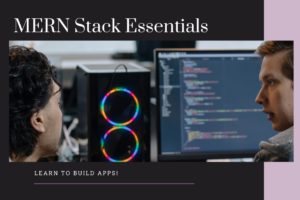
Java Full Stack Developer Roadmap: Skills, Tools, and Training
#1 Myinstitutes.com is one of the Best Educational Portal and Training Institutes in MYSORE, MANGALORE, and BANGALORE.
Are you aspiring to become a Java Full Stack Developer? The journey to mastering both front-end and back-end technologies can be overwhelming, but with the right guidance, it’s completely achievable. This roadmap will guide you step-by-step through the essential skills, tools, and training required to become a proficient Java Full Stack Developer.
What is a Full Stack Developer?
A Full Stack Developer is a versatile engineer capable of working on both the front-end (client-side) and back-end (server-side) of web applications. As a Java Full Stack Developer, you will need to master the fundamentals of Java programming while also becoming proficient in front-end technologies like HTML, CSS, and JavaScript, as well as back-end technologies like Spring, Hibernate, and databases.
Skills You Need to Master
- Front-End Development
- HTML/CSS: The foundational languages for structuring and styling web pages.
- JavaScript: The core language for building dynamic and interactive websites.
- Frameworks/Libraries: Tools like Angular, React, or Vue.js that streamline front-end development and make your applications more efficient.
- Back-End Development with Java
- Core Java: As a Java Full Stack Developer, mastering Java’s core concepts (OOP, Collections, Streams) is essential.
- Java EE: Java Enterprise Edition, including Servlets, JSP, and Web Services, is crucial for building scalable applications.
- Spring Framework: A powerful framework for building Java-based enterprise applications, Spring simplifies Java development, offering features like dependency injection, data access, and MVC architecture.
- Hibernate: A popular ORM tool used to map Java objects to database tables, making database interaction seamless.
- Databases
- SQL: Learning Structured Query Language (SQL) for working with relational databases such as MySQL, PostgreSQL, and Oracle.
- NoSQL: Tools like MongoDB for managing unstructured data, commonly used in modern applications.
- Version Control
- Git & GitHub: Mastering version control is critical for team collaboration and tracking your development progress.
- DevOps and Deployment
- Build Tools: Familiarize yourself with tools like Maven and Gradle for project builds and dependency management.
- CI/CD Pipelines: Learn the basics of Continuous Integration and Continuous Deployment using tools like Jenkins or GitLab.
- Docker & Kubernetes: Understanding containerization and orchestration is an added advantage for deploying your applications in scalable environments.
- Testing
- JUnit/Mockito: Testing is an integral part of development. Learning these tools will help you write unit tests and ensure your application is bug-free.
Tools and Frameworks to Learn
- IDE: IntelliJ IDEA or Eclipse as a development environment for coding in Java.
- Build Tools: Maven and Gradle to automate project builds.
- Testing Tools: JUnit and Selenium for automated testing.
- Version Control: Git for code management and collaboration.
- Containerization: Docker for creating and managing containers.
- Cloud Platforms: AWS, Azure, or Google Cloud for hosting and deploying your applications.
Training Resources and Courses
To master the above skills, the right training is crucial. Here are some recommended courses and resources:
- Java Programming Masterclass: A comprehensive course to master Core Java.
- Spring & Hibernate for Beginners: Ideal for diving deep into the Spring framework and Hibernate ORM.
- Front-End Development Bootcamp: A hands-on course covering HTML, CSS, JavaScript, and popular front-end frameworks.
- Full Stack Java Developer Course: A complete guide covering both front-end and back-end technologies, including Java, Spring, Angular, and more.
Why Become a Java Full Stack Developer?
The demand for Java Full Stack Developers is at an all-time high. By mastering both front-end and back-end technologies, you become a valuable asset to any development team, able to take on complex challenges and build scalable, efficient applications from start to finish.
This roadmap provides a clear structure for learning the necessary skills and tools to excel in the field. Whether you’re just starting or looking to upgrade your existing knowledge, following this plan will set you on the right path to becoming a highly sought-after Java Full Stack Developer.



